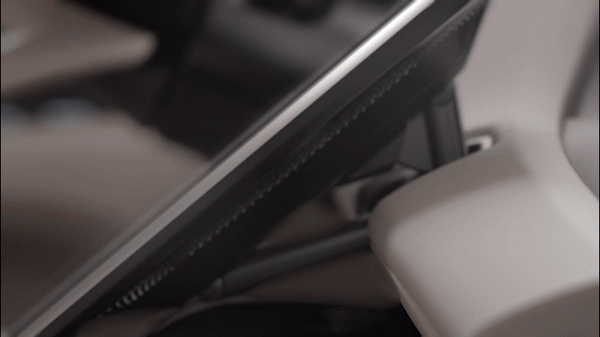FF Multi-User Multi-Display Solution Overview
Users driving and riding in FF 91 will feel more rested, energized, and more productive even after being stuck in traffic or driving in long commutes for hours. The rear seats deliver industry-leading 60-degree rear-seat reclining angles, putting passengers in the biomechanically and ergonomically optimal position for comfort. This first-class rear seating experience provides lower leg, lumbar, and upper back adjustments and support. The seats also offer massage, heating, and ventilation for cooling. Like a private jet on 22-inch wheels, FF 91 is designed to ensconce its passengers in a relaxing, lounge-like experience, from departure to destination. Every element of the interior contributes its small part to creating an experience rather than simply another ultra-luxury means of transporting passengers down the road. These attributes are only part of the picture for the FF 91 interior. Another big part of the FF 91 interior is the multiple displays available to the users.
Faraday Future has been supporting Multiple Users on Multiple Displays (MUMD) in the vehicle since early in the inception of FF 91 and offers the first full MUMD implementation based on the Android vehicle operating system. We gave each display in the car a dedicated Android running environment, this includes the driver display, passenger display, and instrument panel cluster. For example, while the driver is focused on driving the car and utilizing the center display functions such as HVAC control or navigation, the system simultaneously provides front passenger and rear passengers with in-car displays to support each individual’s requirements. Passengers are enabled to enjoy different audio and/or video contents, use maps, join in individual video conferences, play unique games, view or control each other’s display, and, overall, use totally different applications. All these scenarios can happen at the same time because they have dedicated hardware, operating systems, and isolated user data. Even if passengers change seats, they can continue their interactions with applications since the display at their new seat will change to match its user.
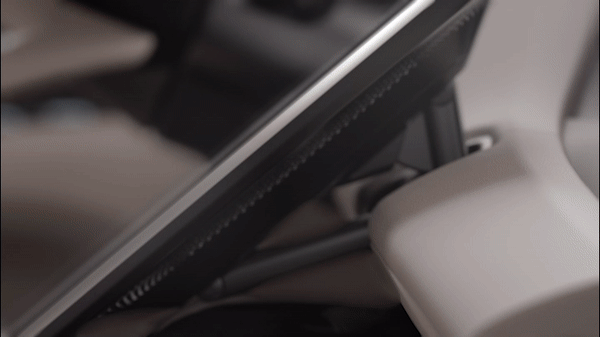

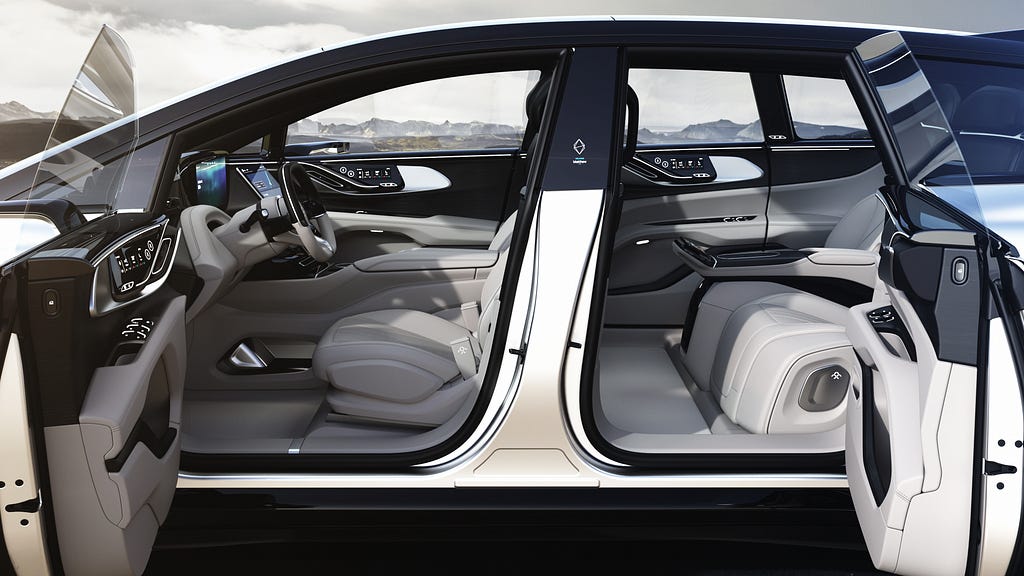
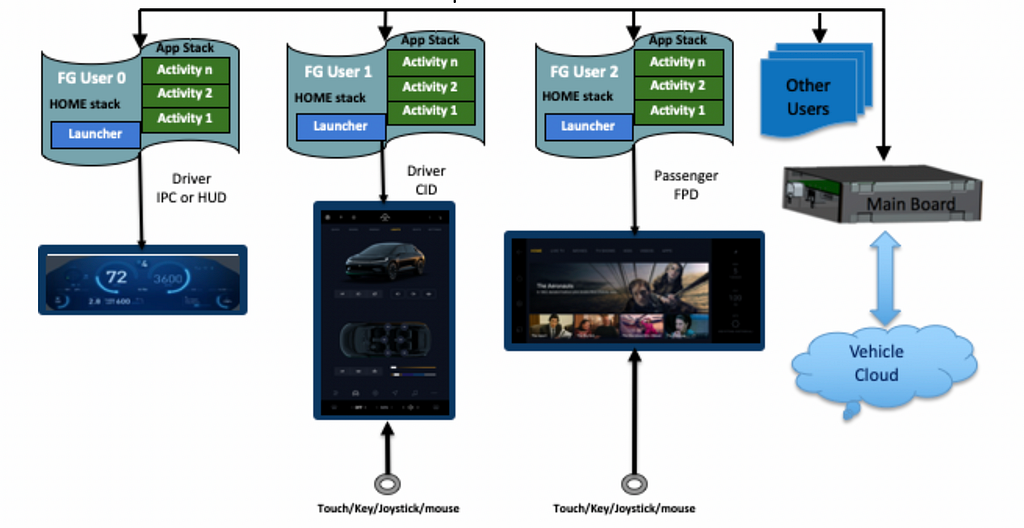
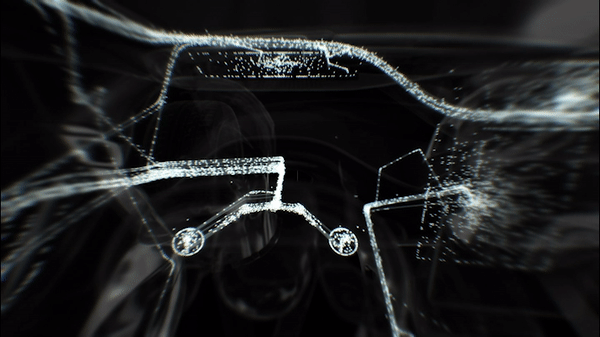
FF MUMD is a different solution from AOSP’s multi-display in that it simultaneously serves multiple users in one SoC (Software on Chipset) and Android OS, thus reducing hardware cost and runtime power drain of the system, while making it easy for inter-user communications. It also enables multiple primary users which can be running tasks simultaneously on their dedicated display,plus there’s no resolution, size, or ratio constraints for any of the displays. Each user has their own installed applications, input method, touch/mouse/keyboard input devices, wallpaper, and user data. It’s as if each has their own dedicated office space within the vehicle.
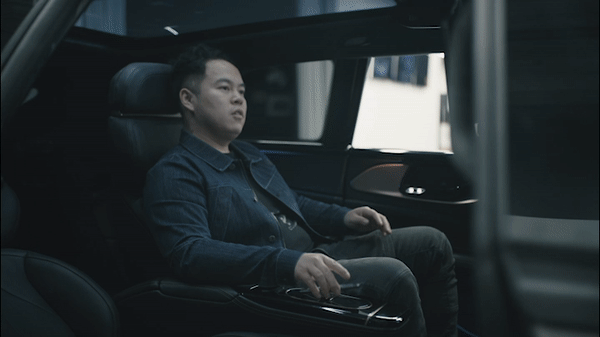
FF MUMD also has built-in support of FFCast — a wireless solution to allow users to control car displays through our FF Ctrl Application. Users can choose either touchpad style, or visual style — viewing the same content in both car display and mobile phone. Each style can be used for precise control anywhere in the car display. FFCast can also work through a USB connection, making it easier for multi-display software development as developers can see multi-display contents on their PC’s displays, thus not having to keep multiple display monitors connected to the iHUB (IVI-Head Unit Box).
In summary, our Android Automotive Embedded-based Ecosystem can connect all users with AI technologies and provide an open marketplace for displays in car, phone, home and others. FF 91 introduces the “third internet living space,” the conduit between one’s home and destination (office, school, etc.). FF’s unique Multi-User Multi-Display Solution and everything about our cutting-edge vehicle and technology was created to make the lives of our users more connected, more engaging and more effortless. We designed our A.I. and user interaction to be as intuitive and convenient as possible, giving back our users more of their invaluable time.
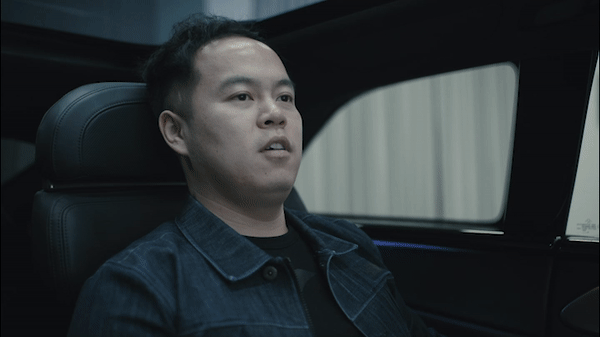
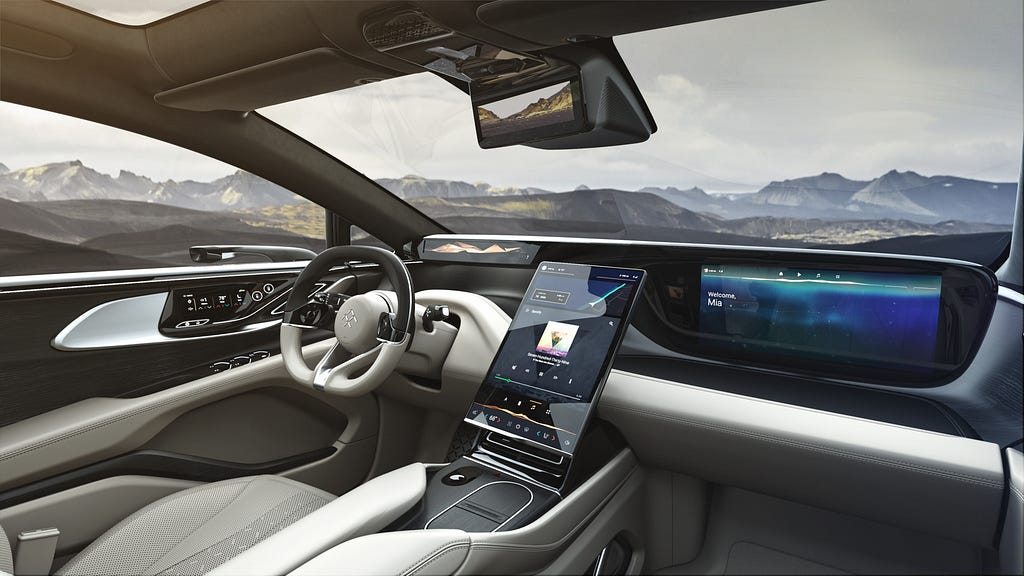
About the Author
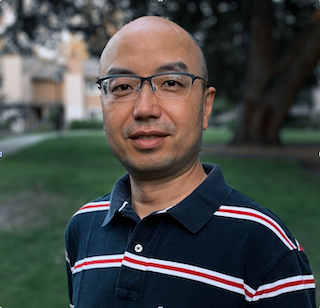
Xiaojian Li leads the software platform team out of Faraday Future’s Silicon Valley office. His team focuses on system development and integration of Framework and Core OS for both IHUB, Android system, and Autonomous driving systems.
